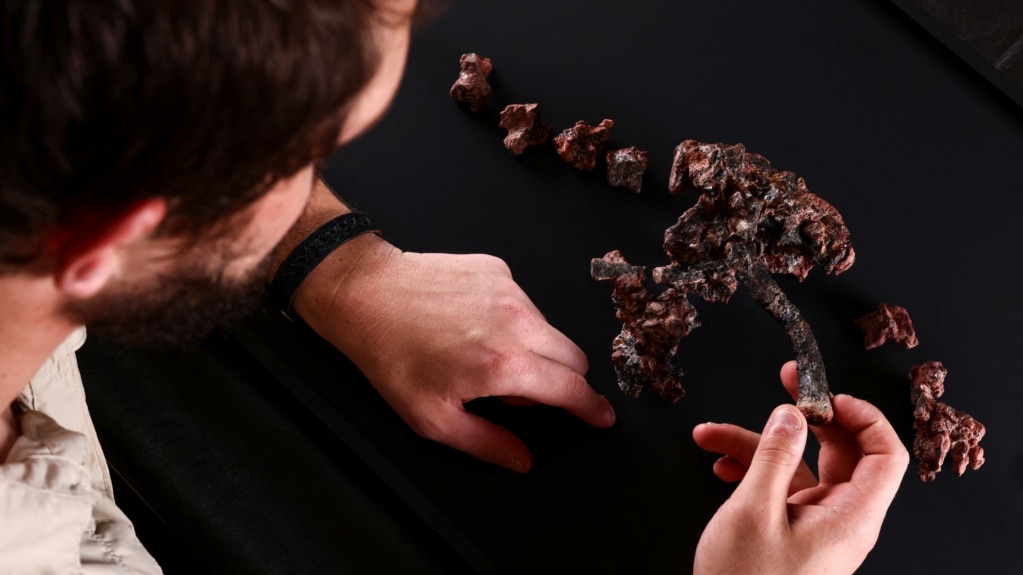Scientists in Brazil recently announced the discovery of one of the world’s oldest reptile remains. They say the bones – dating back to around 237 million years ago – may help explain the rise of the dinosaurs.
The four-legged reptile species is called Gondwanax paraisensis, researchers recently announced in a statement. The animal is believed to have been near the size of a small dog, with a long tail.
The small reptile would have lived in the Triassic Period on land which is today southern Brazil. During this period – from 252 million to 201 million years ago – the world was much hotter.
The fossil was identified as a new silesaurid, a group of reptiles believed to have died off in a mass extinction event. Experts have debated whether silesaurids were true dinosaurs or if they came before dinosaurs.
"Understanding the characteristics of these precursors could shed light on what was crucial for the dinosaurs' evolutionary success," a statement from the researchers said.
In 2014, Pedro Lucas Porcela Aurelio, a medical doctor, found the remains in a piece of rock in the town of Paraiso do Sul. The town sits in Brazil's southernmost state of Rio Grande do Sul.
The Gondwanax paraisensis fossil comes from a time when dinosaurs as well as mammals, crocodiles, turtles and frogs first appeared.
Aurelio gave the remains to a local university in 2021, beginning three years of research.
"Being the first human to touch something from 237 million years ago is extraordinary," Aurelio told Reuters. "It's an indescribable feeling."
The research was led by Brazilian scientist Rodrigo Temp Müller, a paleontologist. His findings recently appeared in an article in the publication Gondwana Research.
Müller said, "The most important part of this finding is its age. Because it's so old, it gives us clues as to how dinosaurs came to be."
Müller added that when Aurelio gave researchers the remains, they were covered by a thick layer of rock. At first, only parts of the backbone could be seen.
Gondwanax means "lord of Gondwana." The name suggests the Gondwana landmass in the southern area of the supercontinent Pangaea. Pangaea later broke apart into continents. The name paraisensis honors the town of Paraiso do Sul.
I’m John Russell.

